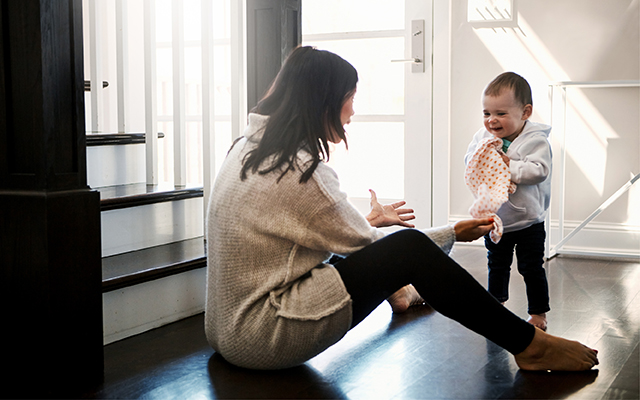The search for true love can, for some, be a never-ending quest. But what if someone told you that you’ve already found it — and it’s available all the time? With anyone you happen to encounter?
“Love is not a category of relationships. Nor is it something ‘out there’ that you can fall into, or — years later — out of,” explains Barbara Fredrickson, PhD, in her book Love 2.0. “Love blossoms virtually anytime two or more people — even strangers — connect over a shared positive emotion.”
Fredrickson, who teaches in the psychology department at the University of North Carolina, Chapel Hill, calls these moments of connection “positivity resonance.” This expansive, science-based approach to love offers us many chances to experience it in the course of a single day. While it’s not easy to set aside the Western idea that true love must be exclusive, lasting, and intimate, we have a lot to gain by letting it go.
That 90-second conversation you had with the stranger this morning while walking your dog? If there was eye contact, a sense of connection, and mutual respect — that’s love. Whenever we exchange smiles or friendly gestures with strangers, or take a little extra time to have warm exchanges with people we see every day, those “micro-moments of positivity” change us at the biological level.
Princeton University neuroscientist Uri Hasson, PhD, a pioneer in neural mirroring (also known as “brain coupling”), examined brain scans of subjects in conversation. What he found was surprising, Fredrickson writes.
“Far from being isolated to one or two brain areas, really clicking with someone else appears to be a whole brain dance in a fully mirrored room.” In good communication, she continues, “two individuals come to feel a single, shared emotion . . . distributed across their two brains.”
The vagus nerve is also involved in forging personal connections. It stimulates the facial muscles necessary for making eye contact and synchronizing our expressions with others; it even helps the tiny muscles in the inner ear better track another voice amid background noise. We appear to be programmed to harmonize with fellow humans.
Micro-moments of positivity resonance also improve our health, she notes. “People who experience more caring connections with others have fewer colds and lower blood pressure, and they less often succumb to heart disease and stroke, diabetes, Alzheimer’s disease, and some cancers.”
Much of Fredrickson’s positivity research grew out of her study of loving-kindness meditation. (For more on this practice, listen to her guided meditations.) It involves focusing on feelings of love, compassion, and goodwill toward yourself and others. It “condition[s] your heart to be more open,” she writes.
And when our hearts are open, love happens. All day.
This article originally appeared as part of “Change Your Mindset” in the December 2016 issue of Experience Life.
Try It at Home: Find Love
- Make it a habit to look at people’s faces — at the coffee shop, the dog park, the department store. You’ll be more available to exchange a smile or a few friendly words.
- Hold doors open for others when you get the chance.
- Search for micro-moments with your family. Sit on the porch for a few minutes before bed; get up a little earlier so you can have breakfast together; call your sweetheart at lunch. It all adds up.




This Post Has 0 Comments